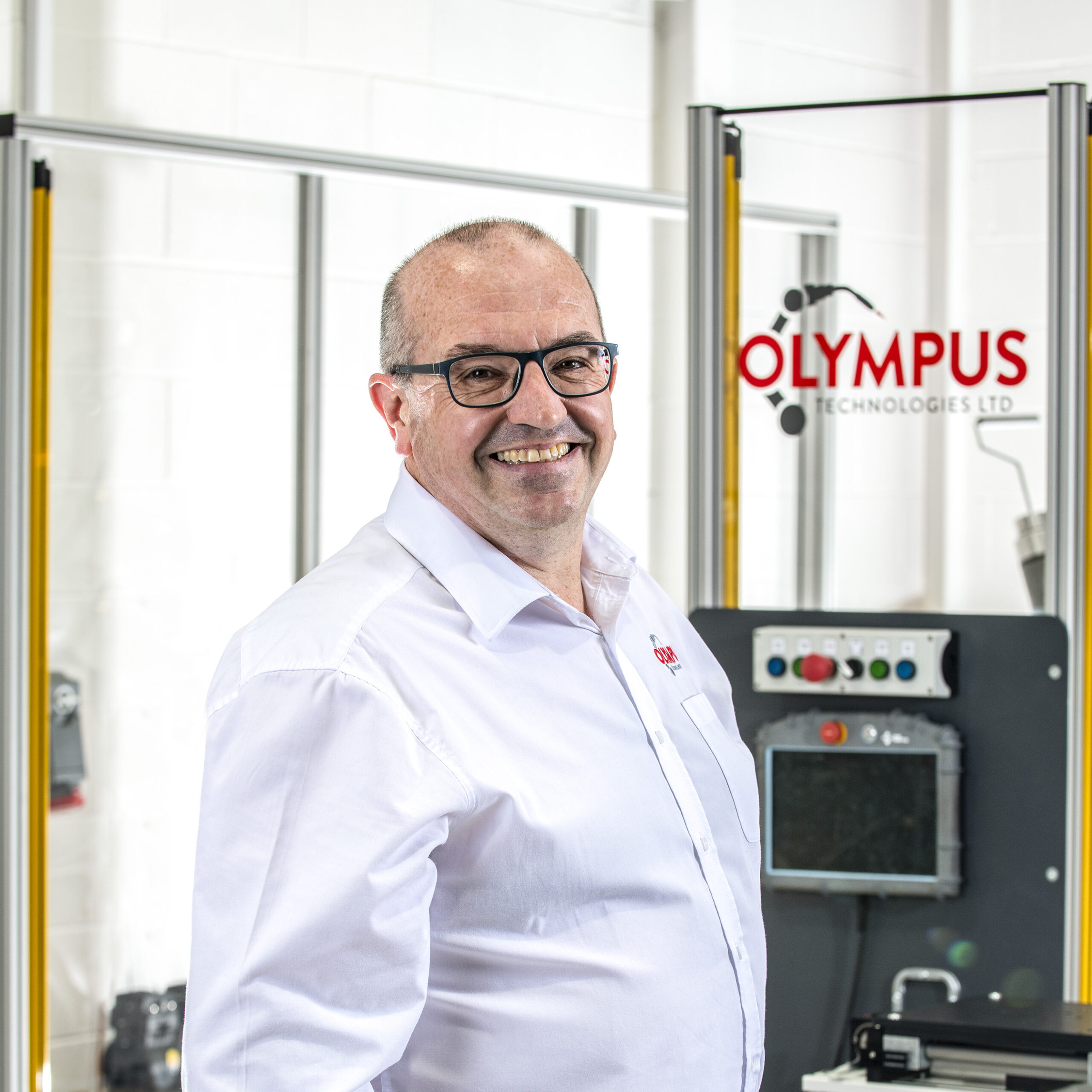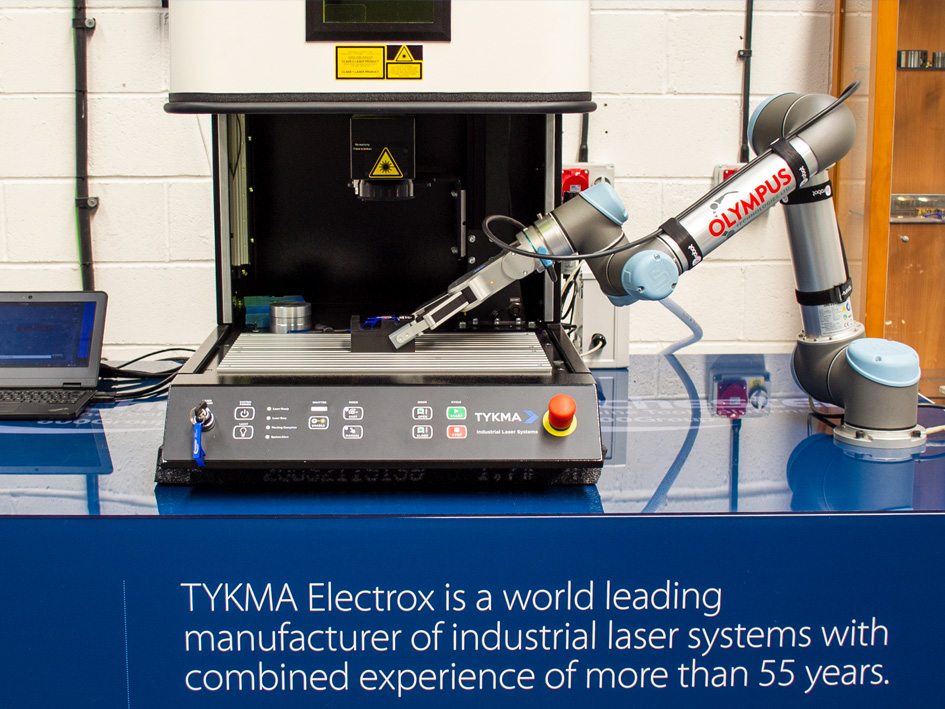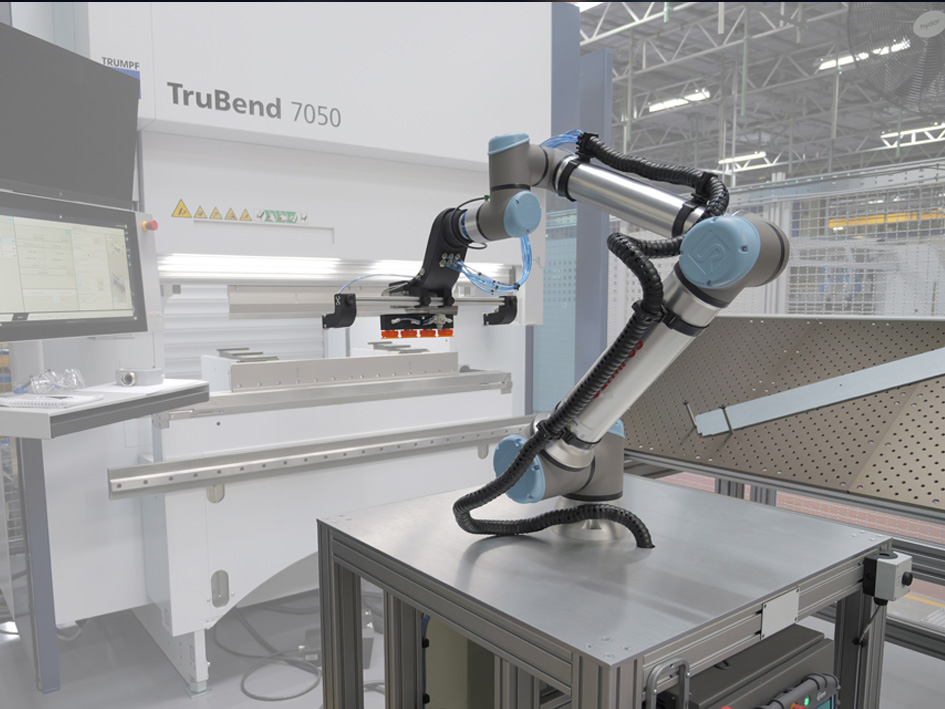Robotic automation is the backbone of how smart businesses stay competitive.
With artificial intelligence (AI), machine learning, and other advanced technologies evolving at lightning speed, automation is now a must-have for any company wanting to boost operational efficiency, reduce costs, and meet rising market demands.

From production lines to healthcare diagnostics, automation is helping companies streamline operations, reduce errors, and scale with ease.
What’s Changing in Industrial Automation?
Smarter, Smaller, and More Collaborative
In the world of industrial robotics, 2025 is all about doing more with less space, less energy consumption, and fewer mistakes.
Compact yet powerful systems are now making high-precision tasks quicker and easier.
Meanwhile, collaborative robots (or "cobots") are stepping in to support human workers on factory floors, helping with everything from heavy lifting to increasingly complex tasks.
This shift is leading to fewer errors, better quality control, and increased productivity, especially in sectors like manufacturing, logistics, and automotive (McKinsey, 2023).
AI is Steering the Ship
AI-driven solutions are transforming how we monitor, adjust, and optimise processes.
Think predictive maintenance, AI-assisted decision-making, and real-time insights that cut down downtime and boost efficiency.
It's not just about automation, it’s about smarter automation.
Autonomous Systems Are on the Rise
Autonomous systems are exactly what they sound like: systems that think and act without constant human input.
These use AI, edge computing, and real-time sensors to carry out tasks 24/7.
They’re already making waves in logistics, agriculture, and healthcare.
From robotic harvesters in fields to self-driving delivery vehicles in cities, these tools offer cost efficiency and a serious competitive advantage by improving efficiency and reducing the need for manual labour (Deloitte, 2024).
Humanoid Robots in Real Workplaces
Yes, humanoid robots are no longer just science fiction.
Robotics companies like Tesla and Figure AI are developing robots designed to move and behave like people, performing routine tasks in dynamic environments.
These robots can assist with inventory management, assembly tasks, and even collaborate with teams, especially useful during labour shortages.
As they become more agile and intelligent, expect to see them play a pivotal role in industries where adaptability is key.
Key Automation Technologies to Watch
Let’s break down the automation solutions shaping 2025:
| Technology | What It Does | Why It Matters |
|---|---|---|
| Artificial Intelligence (AI) | Powers decision-making and predictions | Drives real-time efficiency and innovation |
| Robotic Process Automation (RPA) | Automates routine, rule-based tasks | Reduces labour costs and boosts speed |
| Low-code/No-code Platforms | Lets non-technical users build automation workflows | Makes automation accessible to more companies |
| Hyperautomation | Connects multiple automation tools in one system | Improves process visibility and coordination |
These technologies are helping businesses tackle increasingly complex tasks while keeping costs down and operations smooth.
How AI is Revolutionising Quality Control
AI in quality control means faster inspections, fewer defects, and better products.
Using tools like computer vision and reinforcement learning, systems can now detect flaws in real time and suggest improvements before problems escalate.
Industries like electronics, pharmaceuticals, and automotive are seeing less waste, reduced rework, and consistently higher-quality outcomes (Harvard Business Review, 2023).
Automation = Higher Productivity
By automating repetitive tasks, businesses are speeding up production, cutting down errors, and keeping things running around the clock. Some of the biggest wins in productivity come from:
- AI-powered production scheduling
- Robotic material handling systems
- Integrated robotics in supply chain management
Companies adopting these technologies are seeing large gains in both output and cost savings, often within months.
Robotic Process Automation
RPA is a game-changer for departments like finance, HR, and customer service.
It handles routine tasks like payroll, invoice processing, and support ticket routing so human workers can focus on problem-solving and strategic thinking.
With the growing demand for automation, especially among non-technical users, RPA tools are becoming more intuitive and user-friendly.
Hyperautomation
Hyperautomation goes beyond simple task automation. It ties everything together, RPA, machine learning, process analytics, and workflow tools, to give businesses a full-picture view of their operations.
This unified approach helps teams uncover hidden inefficiencies, cut costs, and stay agile in fast-changing markets. Gartner even lists hyperautomation as a top tech trend for its ability to drive transformation and resilience (Gartner, 2024).
Conclusion: How to Stay Ahead

Automation is no longer a "nice to have", it’s how businesses stay ahead in an increasingly tech-driven world. To make the most of it:
- Start small with automation pilots in high-impact areas
- Train your team for the jobs of tomorrow
- Invest in scalable, AI-driven tools that support future growth
- Keep measuring success and fine-tuning your automation strategies
By embracing these trends today, you’re setting your business up for long-term success in 2025 and beyond. Get in contact with Olympus Technologies to find out how we can help you start your automation journey on 01484 514513 or email [email protected].














